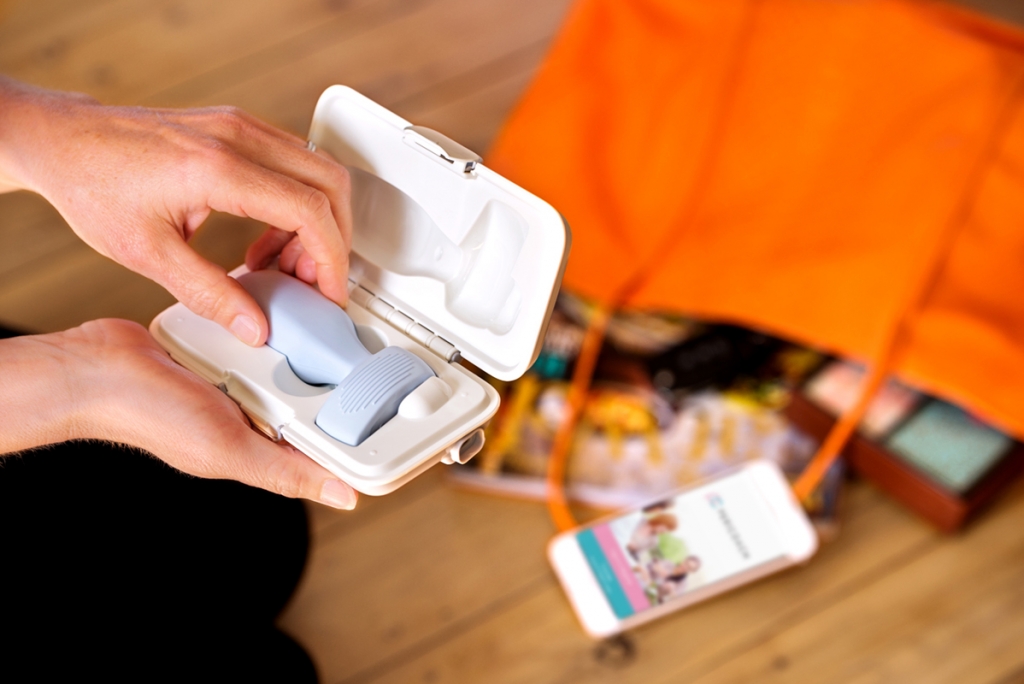The Rise of Femtech: Devices and Apps
Just for Women
Women’s health is taking center stage with the rise of femtech, or female technology. Femtech simply refers to the growing constellation of technology-based products, services, and software tailored to the needs of women.
Today, there are wearable devices that track fertility, Kegel exercise apps that pair with vaginally-insertable pelvic floor exercisers, hands-free breast pumps that work automatically, and period tracker apps, among others.
This is a positive trend, for sure, since women have historically gotten the short end of the stick when it comes to healthcare. Even today, women’s health needs are neglected, dismissed, or ignored to a greater degree than men’s. Disparities between men and women in the treatment of heart disease is a good example.
Heart disease is the number one killer of women worldwide, yet the symptoms are often very different for women. This can and does lead many doctors to miss warning signs in women. So, although more men than women are diagnosed with heart disease every year, women make up a greater proportion of those who die from the disease.1

Women have also long been overlooked in medical research and clinical trials, and their health complaints are more likely to be dismissed or ignored by doctors.2,3,4,5 This is true not only in developing countries, but in industrialized nations around the world as well.
The question is, will the rise of digital health and female technology help improve the state of health of women and girls, who make up more than half the world’s population?
There’s reason to be hopeful.
Three Ways Femtech Is Changing Women’s Health
Although still in its infancy, femtech is already revolutionizing women’s health. Here’s how:
- It’s helping de-stigmatize many aspects of women’s health—from menstruation to pelvic floor health to sexual wellness.
- It’s empowering women to connect with their bodies as never before. Consider this: A striking 44% of British women were unable to identify the vagina on a medical illustration of the female reproductive tract, in one survey.6 Apps like Labella are aiming to change the disconnect between women and their lady parts, which can improve self-confidence and help women better identify medical problems (read our blog post about loving your vagina exactly as it is).
- It’s bridging the gap between patient-doctor relationships and self-care.
Femtech’s rapid rise in the last couple years is at least partly attributable to several larger movements, including:
- The technological and internet revolutions, which are connecting us with tools and healthcare information like never before.
- A resurgence of feminism (including the #metoo movement).
- Changing dynamics between doctors and patients, in part spawned by telemedicine (virtual doctor appointments), and electronic health records, which give patients access to their health records (and their doctors) in ways that weren’t possible before.
Pelvic Floor Trainers: Essential Female Technology
One type of femtech device in particular has been making waves lately: the Kegel trainer.

Outfitted with biofeedback sensors that send data to a Kegel app on your smartphone, pelvic floor exercisers like PeriCoach guide you through Kegel exercises and give you real-time feedback about whether you’re squeezing correctly.
PeriCoach helps you strengthen your pelvic floor muscles, which can help prevent stress urinary incontinence and pelvic organ prolapse—two very common problems for women.
Viva Femtech!
From apps that support women’s maternal mental health to vibrators designed by women for women, femtech is bringing all aspects of women’s health out of the shadows. At PeriCoach, we think that’s a great thing, and we’re proud to be part of the female technology revolution.
Learn more about PeriCoach and hear stories from real women about how our innovative Kegel exerciser is helping women improve their pelvic floor health.
Sources:
- http://www.heart.org/idc/groups/heart-public/@wcm/@sop/@smd/documents/downloadable/ucm_472913.pdf
- https://www.who.int/en/news-room/fact-sheets/detail/women-s-health
- https://www.weforum.org/agenda/2017/06/health-needs-of-women-are-being-overlooked-time-to-end-this-injustice/
- https://www.goredforwomen.org/
- https://www.theatlantic.com/health/archive/2015/10/heart-disease-women/412495/
- https://www.vice.com/en_us/article/ppaka8/way-too-many-women-dont-know-where-their-vaginas-are


